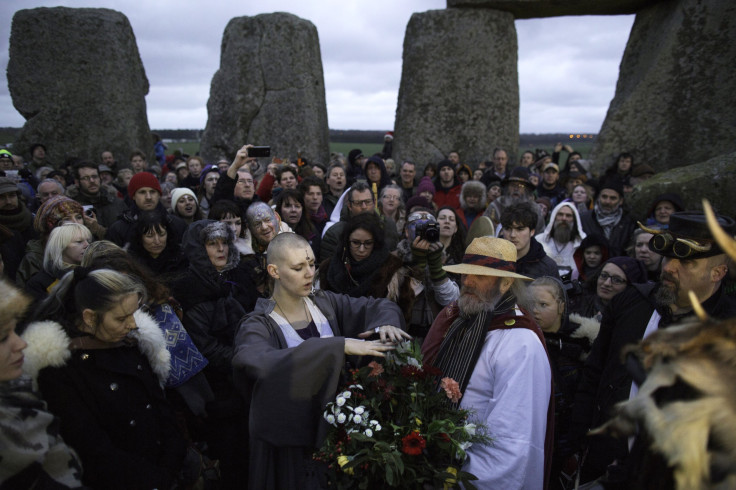Mysterious Stonehenge not a mystery anymore: Stones could have been moved by only 20 persons, archaeologists reveal

University of College London (UCL) researchers have revealed that the Neolithic Stonehenge in Wiltshire, England, was not difficult to build. The Stonehenge has long been a mystery. While many believe the site to be a ritualistic burial ground, scientists and people alike have long been baffled by the process the prehistoric Britons discovered to transport the huge bluestones some 140 miles from the Preseli Mountains in Wales to their final home in Wiltshire. They did not have any access to modern tools or even the wheel.
Now, the researchers are of the opinion that building the Stonehenge was not difficult at all. They revealed that mounting the huge stones on a sycamore sleigh and then dragging it along timbers required far less effort than was expected. The researchers went through with the experiment where the one-tonne stone raced up the silver birch track when pulled by only 10 people. It moved around 10 feet every five seconds.
As the Preseli stones are twice the size of the block used for the experiment, the researchers said that 20 people would easily move it. The trial was conducted in Gordon Square, London, by doctoral student Barney Harris. He was surprised to find such small effort could move such a huge block of stone. He expected it would take at least 15 people to move the experimental stone but only 10 was enough.
“We know that pre-industrialised societies like the Maram Naga in India still use this kind of sledge to construct huge stone monuments. And similar y-shaped sleighs have been found dating back to 2000BC in Japan which we know were used to move megaliths,” Harris told The Telegraph.
Harris is now looking forward to number-crunching and believes that the data would reveal how long it took the people t bring the stones in Wiltshire. The Stonehenge was built between 4,000-5,000 years ago. The rocks weighed between 30-40 tonnes. Stonehenge expert professor Mike Parker-Pearson of UCL was also shocked to see how easily the stones could be moved.
“It was a bit of a shock to see how easy it was to pull the stone,” he said.





















